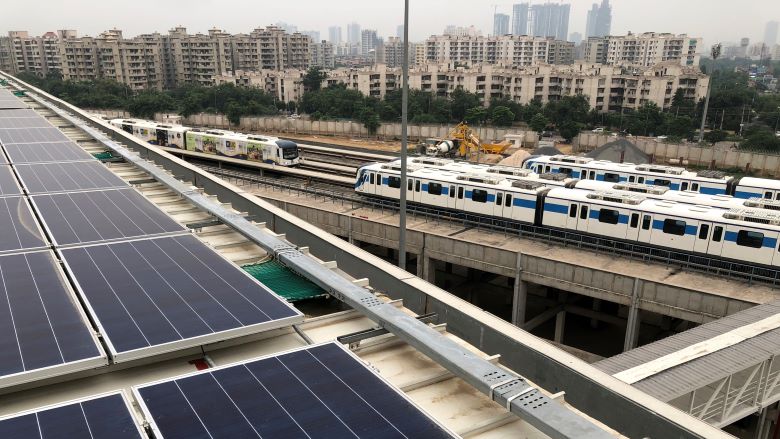The COVID-19 pandemic has hit all countries hard. In countries like India, it also exposed the need for reliable health care and infrastructure to deliver lifesaving refrigerated vaccines. As the country also contends with seasonal heat waves and power shortages, the role of renewable energy – particularly solar energy – in meeting those challenges has come into sharp focus. For many, especially in India’s rural communities where the pandemic is wreaking havoc, reliable electricity can mean access to hospitals and medicines: quite literally, the difference between life and death.
Well before COVID-19 struck, India was determined to reap the benefits of solar power. The country set itself an ambitious target: 100 gigawatts (GW) of solar generation capacity by 2022. That would be a boon for its commercial and industrial consumers, who account for 74% of installed energy capacity, compared with 13% of installed capacity for residential customers and public sector organizations.
As of December 2020, it had 38.8 GW of installed solar capacity, including ground-mounted and rooftop operations. Solar is also powering other essential infrastructure, including transport. One of India’s flagship solar projects, the giant Rewa solar park, powers the New Delhi metro rail system: a network that serves over 2.6 million commuters daily. Vital government-led initiatives like 24x7 - Power for All, which committed to providing each household access to electricity around the clock, are helping to empower communities – both literally and figuratively, improving the quality of life.
Still, about 250 million Indians still live without access to electricity, which is why India’s path towards fully realizing its renewable energy potential could be a gamechanger: for its own citizens certainly, as well as for global efforts to tackle climate change and as a guide for other countries as they invest in solar energy.
Getting solar projects off the ground is no easy task. It requires the right policies and regulatory frameworks; overcoming hesitation around adopting new technology; and the provision of concessional or de-risking instruments to encourage private capital to flow. In addition to providing this kind of support – from concessional finance to establish the solar parks in Madhya Pradesh to supporting enabling policies and bringing the private sector to the table – the expansion of solar in India offers key lessons to boost clean energy investments around the world.

